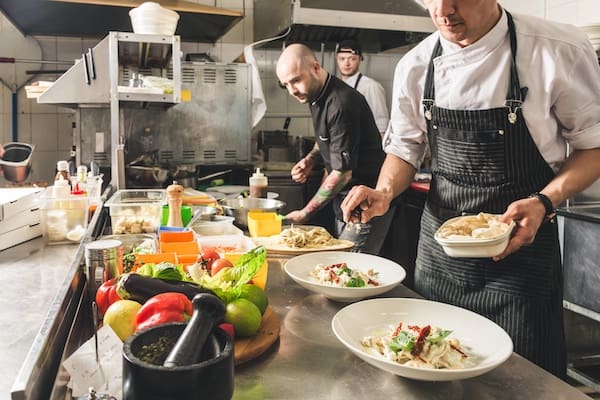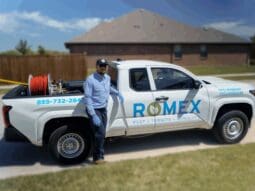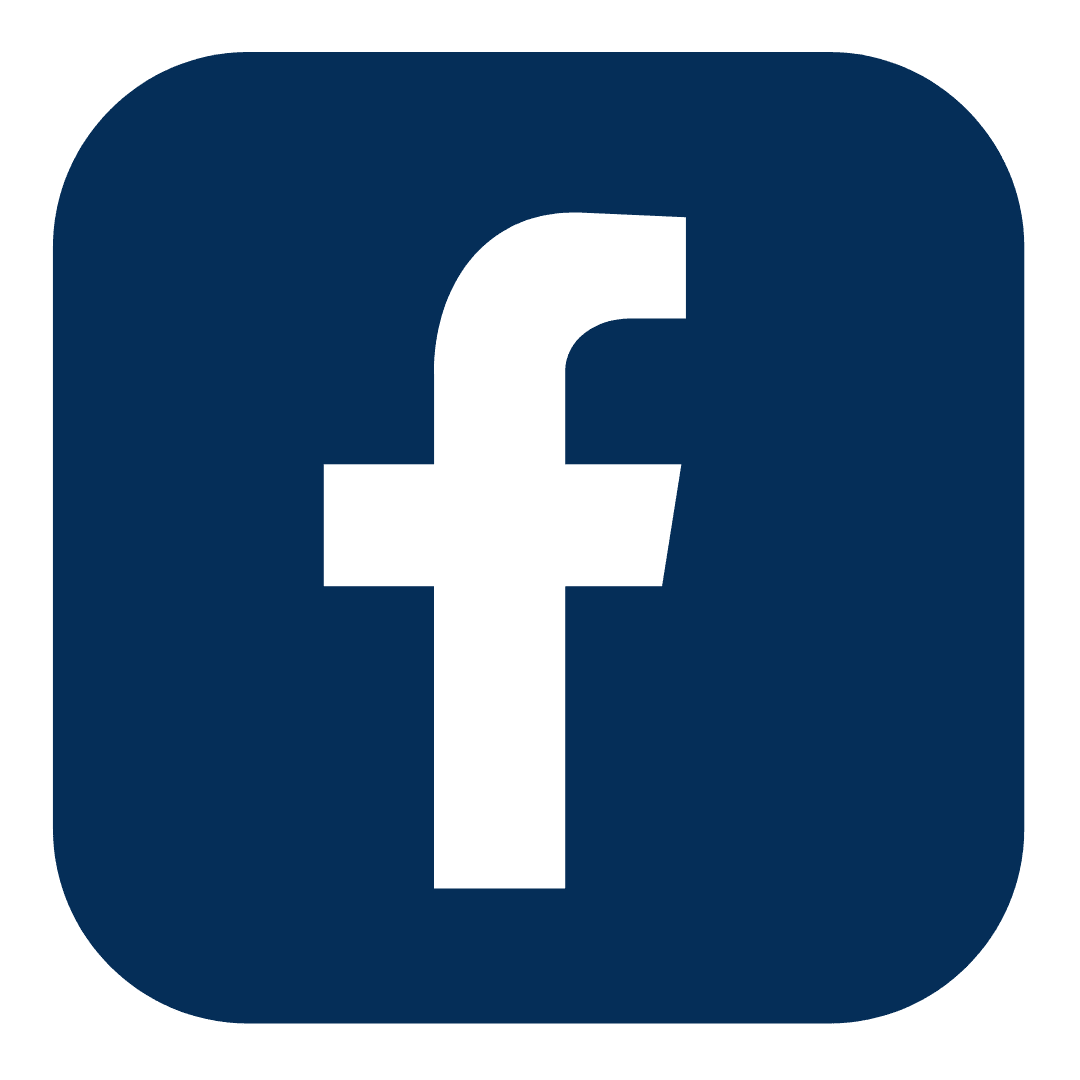
Pest Control Checklist for Food Establishments
Running a food establishment comes with its fair share of challenges, and at the top of that list is maintaining a pest-free environment. Your customers' health and your reputation hinge on your vigilance against these unwanted guests. That's why a zero-tolerance policy for pests isn't just advisable; it's imperative.
Crafting a comprehensive pest control checklist is a crucial step in safeguarding your business from the risks of contamination. Engaging with a trusted pest control specialist ensures not only the safety of your food but also the well-being of your customers. Let's dive into what you need to consider to keep your establishment pest-free and your mind at ease.
Why Pest Control is Important for Food Establishments
When you're in the food service industry, the priority is always the health and safety of your customers and staff. Pests, like rodents and insects, are more than just a nuisance; they're carriers of harmful diseases and bacteria. Maintaining a pest-free environment is therefore not optional; it's a cornerstone of your operational standards. By integrating a stringent pest control regimen, you're taking a proactive stand against potential health hazards.
Pests are known carriers of pathogens causing illnesses such as Salmonella, E. coli, and Hantavirus. Their presence can contaminate food and surfaces quickly, making the cleanliness and hygiene of your establishment a top concern. Ensuring a clean dining area and kitchen is paramount, and a periodic pest control checklist is a tool to help you achieve this goal.
Your reputation is arguably as crucial as your food's quality. Word about a pest sighting can spread like wildfire, tainting the hard-earned status of your establishment. Investing in pest control measures safeguards your brand identity and ensures that your customers have only positive experiences to share. It's all about customer trust and recurrence, and a pest-free environment fosters both.
Finally, regulatory compliance is non-negotiable. Health codes are stringent for a reason—to protect consumers. A comprehensive pest control plan helps you adhere to these regulations. Falling short not only risks fines and penalties but can also lead to a shutdown. And while closure is severe, a lower health score or visible pest problems can be just as damaging, prompting a decline in foot traffic and customer retention. Remember, even without an official shutdown, customers are quick to judge, and their perceptions define your success.
Acknowledging the critical nature of pest management in your food business, you're equipped to tailor a robust pest control checklist that serves as the backbone for your establishment's hygiene and safety protocols. The goal is clear—keep pests at bay to protect and flourish in the competitive food service sector.
Common Pest Problems in Food Establishments
As you navigate the complexities of running a food service business, staying alert for common pests is essential to maintain the highest standards of hygiene and customer satisfaction.
Rodents
Rodents are notorious for their rapid breeding and destructive feeding habits, which make them one of the most serious concerns in food establishments. These pests are adept at finding entry through the smallest openings, drawn by the abundance of accessible food and water.
Your vigilance is key—look for signs like droppings on countertops or floors and grease marks from fur contact, indicating rodent presence. Always inspect your premises for any activity that might suggest a rodent problem, like squeaking sounds, movement in the walls, or nesting materials.
| Signs of Rodent Activity | Indicators |
|---|---|
| Droppings | Countertops, near food areas |
| Grease marks | Walls, cabinets |
| Damage | Gnawed food containers, cables |
| Sounds | Squeaking, gnawing |
| Nesting Debris | Cardboard, straw, paper |
An ounce of prevention is worth a pound of cure; therefore, ensure all food sources are securely stored, and potential entry points are sealed off to deter rodent infestations.
Cockroaches
The resilience of cockroaches makes them another prevalent pest in the food service industry. They thrive in environments that offer food, moisture, shelter, and warmth—all characteristics of a bustling kitchen.
Be proactive in preventing a cockroach infestation. Conduct regular inspections with a flashlight to uncover any hidden nests, clean up crumbs using a vacuum, and seal gaps or holes in your establishment. Keep an eye out for a musty smell, droppings resembling pepper grains, and remains of dead cockroaches, especially near warmth and food sources.
Flies
Flies, with their attraction to food and grease, can be a relentless pest in any kitchen environment. Their presence not only irritates staff and patrons but also poses a significant health risk, as they're vectors for disease, transferring contaminants to food surfaces.
Strategies to manage fly populations involve rigorous sanitation practices. Disposing of food waste properly, cleaning spills immediately, and ensuring that dumpsters are well away from the establishment reduce the attractiveness of your site to flies. Regular maintenance of sticky traps can provide early detection of fly issues and help you act swiftly.
The Importance of Regular Pest Inspections and Treatments
When you're in the food service industry, it's crucial to understand that pests are not just a nuisance; they can cause severe problems for your establishment. Implementing a robust system of regular pest inspections and treatments is indispensable for preventing infestations, ensuring food safety, and maintaining a good reputation.
Preventing Infestations
Early detection and management are your best defenses against pest infestations. You need to be proactive to avoid the extensive damage and disruptions pests can cause. Here's how you can prevent pest infestations:
- Plan Regular Inspections: Schedule routine pest inspections to identify any new activity or risks. Frequent monitoring will catch signs of pests before they grow into larger issues.
- Update Pest Control Checklists: Make sure your pest control checklist is current with the latest prevention measures and reflects any recent pest sightings.
- Train Your Staff: Proper training helps employees understand their role in pest control. Encourage them to report any signs of pests without delay.
By staying vigilant and conducting these proactive measures, you reduce the likelihood of pests gaining a foothold in your establishment.
Ensuring Food Safety
Food safety is paramount, and pests pose a significant threat to it. You have a responsibility to meet strict health and safety regulations to prevent foodborne illnesses. Here are some steps you can take:
- Implementing Strict Waste Management: Keep bins tightly sealed and away from food areas, implementing daily disposal routines to minimize attractions for pests.
- Keeping Dry Food Areas: Moisture is a pest magnet. Ensure your kitchen and food prep areas remain dry.
- Regular Sanitation: Regularly clean and sanitize equipment and surfaces to maintain a hygienic environment.
Adhering to these practices helps ensure that your food remains safe for consumption and free from contamination.
Maintaining a Good Reputation
A pest-free restaurant is critical for your reputation. Pest infestations can tarnish your brand, deterring customers, and potentially closing your doors. To safeguard your reputation:
- Monitor and Document: Keep detailed records of pest control measures, sightings, and treatments.
- Review Your Pest Control Plan: Regularly reassess and improve your pest control strategies based on your findings.
- Protect Your Brand Image: By consistently enforcing pest control efforts, you demonstrate to your patrons that their health and satisfaction are your top priorities.
A strong reputation not only retains current customers but also attracts new ones. In a competitive industry, your commitment to a pest-free environment sets you apart.
Pest Control Checklist for Food Establishments
Exterior Maintenance
To deter pests from entering your establishment, focus on maintaining the exterior. Regularly inspect the building for cracks, gaps, and holes that could serve as entry points for pests. It's essential to ensure that windows and doors are sealed with screens or weather stripping. Overgrown vegetation near the premises should be trimmed as it can be a harborage area for pests. Waste bins must be sealed properly and sanitized frequently to discourage pest attraction and breeding.
Interior Maintenance
Inside your establishment, watch for signs of pest activity like droppings, gnaw marks, or nests. Storage areas require special attention to spot compromised packaging that pests could infiltrate. Check your equipment and machinery, focusing on hard-to-reach zones for indications of pest presence. Your sanitation regimen should include comprehensive cleaning and sanitizing practices to eliminate potential food sources for pests.
Storage and Trash Areas
In storage areas, regulate temperature and humidity to avoid creating environments that attract pests. All food items should be kept in sealed containers and managed using a first-in, first-out (FIFO) system. Refuse areas are critical; keep all bins covered and sanitized, and situate them a safe distance from your main facility. Continuously seal off any entry points and maintain a schedule for checking and cleaning bins.
Food Preparation Areas
Ensure that food waste is regularly removed from prep areas. Floors should be swept and cabinets, display cases, and appliances meticulously wiped down. Store foods off the floor by using containers with tight seals. Scrubbed and dried dishes, indoor trash cans with lids, and daily trash removal are also necessary steps. Be diligent in checking for pest signs like droppings and egg casings, especially in secluded spots.
Dining Areas
Maintain cleanliness in dining areas to prevent pest invasions. Wipe down tables, food trays, counters, and any areas where food is served or consumed. Promptly clean up spills to leave no residue that could attract pests. Food displays should have proper coverings to safeguard against contamination. After service hours, ensure that no food remnants are left exposed, and drains are covered to prevent pests from emerging overnight.
Employee Areas
Lastly, keep an eye on the areas used by your staff. Employee lockers, break rooms, and restrooms should be kept clean and free of clutter, which can often conceal pests. Regular inspections for signs of pests, such as droppings or evidence of nesting, will help in keeping these areas sanitary and safe. Staff should be trained to practice personal hygiene and to immediately report any pest sightings to management.
By adhering to this pest control checklist, you'll set a solid foundation in the continuous battle against pests in your food establishment.
Hiring a Professional Pest Control Service
When you're running a food establishment, effective pest control is not just necessary for compliance, but also for protecting your brand's reputation. Partnering with a professional pest control service is a game-changer, equipping you with the experience and tools to stop infestations in their tracks.
Researching and Choosing the Right Service
As you set out to select a pest control partner, it's critical to do your due diligence. Look for providers with a strong track record in the food service industry. Read reviews and case studies, and reach out to other local business owners for recommendations. It's all about finding a service that aligns with the unique needs of your establishment. Consider factors like speed of response, quality of communication, and adaptability to your business hours.
Evaluate the methods and tools offered by the service. Not all pest control companies are the same; some use more innovative and eco-friendly solutions than others. Look for services that offer comprehensive support, such as digital online reporting, and monitor pest activities with the latest technology. This proactive approach can save you considerable time and resources while ensuring that you meet all regulatory requirements.
Assessing Their Expertise and Experience
The expertise and experience of any pest control service can't be overlooked. Vet potential providers on the depth of their knowledge in not just pest management, but also in food service operations. They must understand the complexities of your business, including regulatory compliance, audit requirements, and reporting needs.
Inquire about their team's qualifications and ask if they have specialized experience with food establishments like yours. The right provider should bring a wealth of knowledge to the table, offering strategies and insights that go beyond basic extermination. They should be equipped to identify the specific pest risks in your environment and recommend preventive measures tailored to your situation.
Establishing a Regular Maintenance Schedule
Regular maintenance is key to keeping pests at bay. Your chosen pest control service should be capable of creating an adaptable schedule that's based on a Pest Risk Assessment (PRA). Ideally, this assessment should be conducted annually or whenever there's a significant change in site activities. The frequency of visits should reflect the outcomes of the PRA and be flexible enough to accommodate any updates.
Ensure that the service you select is transparent about what their maintenance plan includes. Discuss strategies for:
- Storing food in airtight containers
- Immediate cleanup of spills and debris
- Daily surface cleaning
- Securing rubbish bins with lids
- Deep-cleaning of hard-to-reach areas
This maintenance schedule isn't just about recurring tasks—it should also outline responsiveness to immediate pest issues, reinforcing that your establishment is always one step ahead in pest management.
Conclusion
You've got the tools and knowledge to keep pests at bay in your food establishment. Remember, selecting the right pest control service is crucial—choose wisely to ensure your business's safety and reputation. Stay vigilant with your maintenance schedule and respond quickly to any pest issues that arise. With these practices in place, you'll maintain a clean, pest-free environment that customers can trust. Your commitment to excellence in pest management is a key ingredient to your establishment's success.
Frequently Asked Questions
How long should I wait after pesticide spray before harvesting vegetables?
You should check the label on the pesticide for specific instructions. Some pesticides allow you to harvest the same day after drying, while others may require you to wait several days.
What are essential practices food workers should follow to prevent pests?
Food workers should promptly clean up spills, maintain clean drains, keep exterior doors closed, regularly inspect sealing and screens, properly manage garbage and dumpsters, and work with a professional pest control company.
What types of pests are most common in the food industry?
Common pests in the food industry include rodents like rats and mice, birds such as pigeons, sparrows, and starlings, and insects like ants, cockroaches, flies, and mites.
What are the three basic rules for pest prevention?
According to the EPA, basic pest prevention rules include removing sources of food, water, and shelter, disposing of garbage regularly with a tightly closed lid, and reducing clutter to prevent hiding spots for pests.
What is the 'Pink Note' system in pest control?
The 'Pink Note' system, used by companies like Rentokil Pest Control, lays out strict compliance guidelines, prohibiting or mandating specific activities with detailed explanations of the associated risks and operations.
We hope you enjoy these informational articles. If you'd like to learn more about our eco-friendly pest control services, call (844) 955-2447.
Read More
Your Path to a Pest-Free Home or Business
Romex Pest Control
We are committed to protecting you, your children, and your pets with our eco-friendly, child-friendly, and pet-friendly guaranteed pest control solutions.
Romex Pest Control is fully insured and licensed in Texas, Oklahoma, Louisiana, and Mississippi.
Service Areas:
Hours
M-F 8 am–5 pm
Sat 8 am–2 pm
Sun Closed
Established 2016 © Copyright 2025 Romex Pest Control










